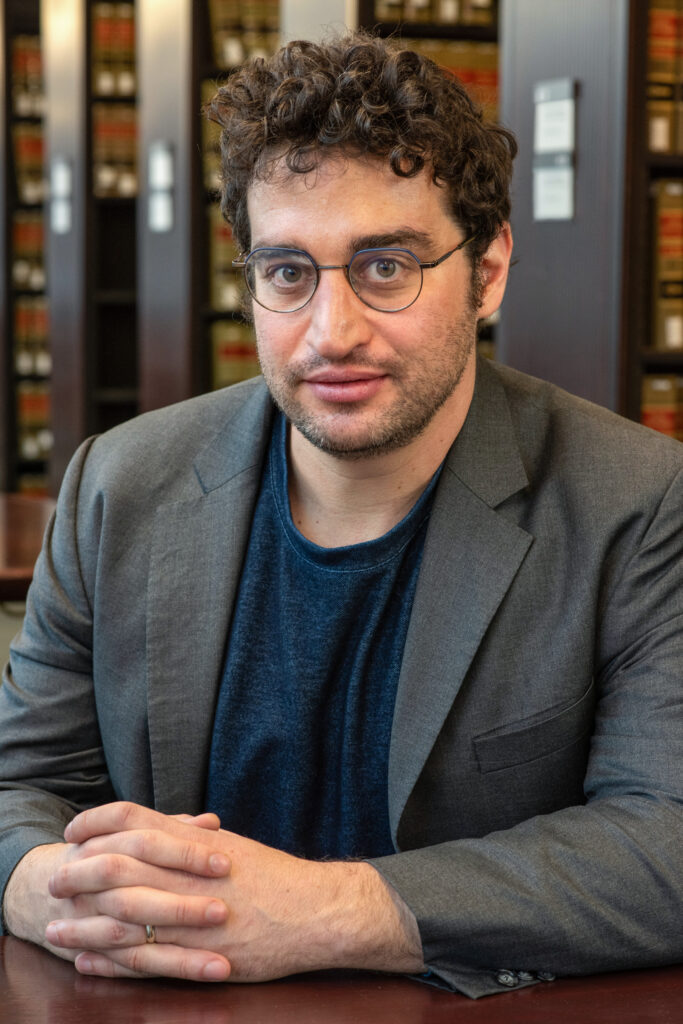Editor’s Note: We’re pleased to continue our series of original content on the implications of the Supreme Court’s ruling in the Purdue Pharma bankruptcy. Click here for background on the case and the immediate effects of the decision. View this week’s post-SCOTUS coverage here and here.
By: Professor Anthony Casey (University of Chicago Law School), Professor Joshua Macey (Yale Law School), and Professor Edward Morrison (Columbia Law School)
Editor’s Note: The authors submitted an amicus brief supporting the respondents in the United States Supreme Court, available here, and discussed on the Bankruptcy Roundable here.



In its Purdue Pharma decision, the United States Supreme Court weakened the ability of mass tort victims to recover from injurers. The beneficiaries of this decision are fee-collecting attorneys and large institutions (such as state attorneys general) that can now divert money from victims to themselves during settlement negotiations. Unless Congress restores the power of bankruptcy courts to implement settlements like the one in Purdue Pharma, we must count on attorneys and courts to find imperfect ways to neutralize this unwise and harmful decision.
The bankruptcy court in Purdue Pharma had approved a settlement that ended civil litigation against Purdue’s owners (the Sacklers) in exchange for a $6 billion payment. The settlement was binding on all victims, even the small minority who objected to it. The Court’s decision categorically undid that settlement and forbade similar settlements going forward.
Why was this tool so important to victims? Just look at the Purdue settlement. Over 96% of the victims who voted—and virtually every government entity—favored the settlement. They did so because this was the best deal they could get. The costs of mass tort litigation can wipe out the assets of the injurer, its insurers, and other related parties. And the victim recoveries vary arbitrarily, with big recoveries going to the creditors (and lawyers) who sue first, and little or nothing going to victims who come later.
Other procedures—class actions and multi-district litigation (MDL)—can provide some coordination tools. But Court rulings have reduced their effectiveness. In the typical mass tort case, Court precedent makes it impossible to pursue a class action. Even if all lawsuits are coordinated in a single forum, perhaps via MDL, any proposed settlement is at risk of a hold-out problem: Any plaintiff can say, “What you are giving to everyone else is fine, but I want more.” And so, victims are forced to compete with each other to get a larger share of the recoveries.
Bankruptcy is the only procedure in the United States that can fix this hold-out problem. By binding all victims to the same procedure and voting rules (there are no hold outs), bankruptcy provides equitable treatment. In addition, bankruptcy, unlike MDL, has tools to protect future claimants. That is why bankruptcy has been used for decades to settle mass tort cases involving breast implants, Dalkon Shield, and asbestos, to name a few.
Until now. So why did the court shut things down? Apparently, because Congress wasn’t specific enough when it gave courts the power to approve all appropriate and necessary settlements. At least that is what the Court said as it ignored clear (and broad) language of the relevant statute.
What will happen next? In Purdue’s case, the situation may not be dire for victims because nearly everyone got onboard when they negotiated in a world that they thought prevented hold outs.
That won’t happen next time. And the stakes are significant: unless Congress changes the law, uncompensated victims may die as they wait to recover. Inevitably, some parties will say, “I want a little more than everyone else.” Who will say that? It may not even be the victims. It will be large faceless institutions, like hospitals and government agencies, which don’t need to worry about dying before a case resolves. They will hold out to get larger slices of the pie while cash-strapped victims settle for less. This is a transfer from those whom the law is supposed to protect to the institutions that are supposed to—but often don’t—protect those victims. The victims lose twice: first to the injurer, second to these institutions.
So how do we get out of this mess? Congress could use the specific words that the Court now requires. Decades ago, Congress did that for asbestos cases. It would be easy to extend that law to include all mass torts.
But what if Congress doesn’t act quickly? Victims need a fix now. Lawyers and lower court judges may find ways to neutralize the Supreme Court’s decision. This will require hard measures to coerce hold outs. For example, to garner near unanimous consent, a bankrupt firm (like Purdue) might give victims a Hobson’s choice: “Option 1: agree to the settlement and get a payout from the owners (like the Sacklers); Option 2: Dissent and get nothing, as the owners walk away from the deal and withdraw funding.” With Option 2, the victims can try to sue the owners (who are spread around the world), but they are on their own—stuck in the harsh race to the courthouse that bankruptcy was supposed to solve. Some deals like this will work out. But to what benefit? The Court has traded voting rules for hard-nosed lawyerly coercion. This is not a trade that benefits victims. We can only hope the Congress acts quickly to clean up the mess the Court has made.

Leave a Reply